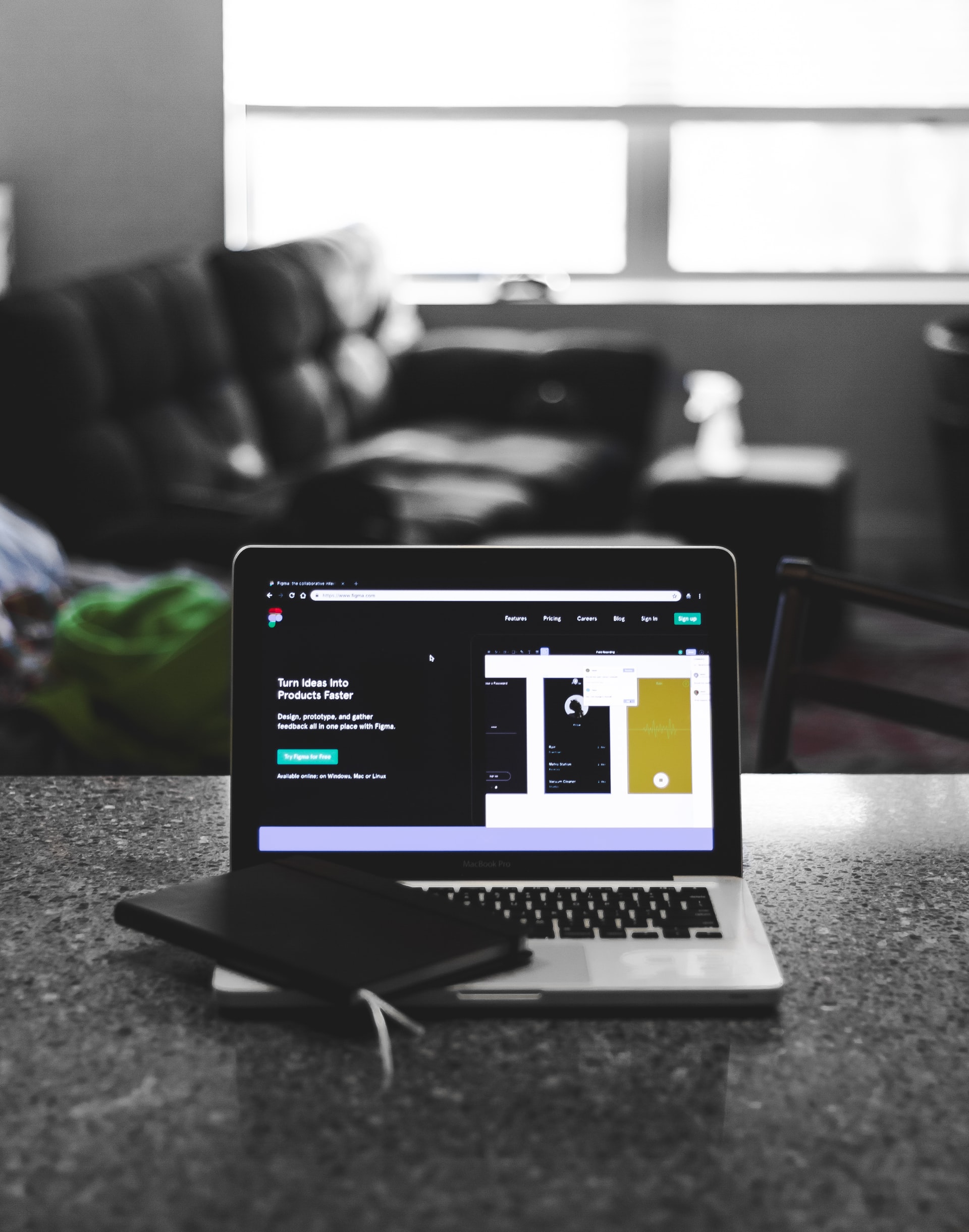

Don't you want to read? Try listening to the article in audio mode 🎧
Prototypes are not art; they are tools that enable you to test and experiment.
Many companies are taking a new approach to innovation, allowing them to quickly and efficiently explore new business models, products, and services before launching. In an increasingly volatile and complex market, speed and flexibility are more important than ever. Rapid innovation requires the optimization of time and resources, which is only possible through experimentation and prototyping. Using this method, we can reach the market in a short period of time by validating or rejecting our business assumptions. Aka: designing products that are specifically designed for end-users, not just for an entrepreneur’s vision. In concrete terms, prototyping involves creating an artifact that enables companies to test business assumptions by collecting quality feedback provided by stakeholders during the development of new design concepts.But what kind of prototypes can we make?
A prototype can take many forms, depending on the stage of innovation and the objective of the experiment. A prototype can simulate the operation of a process, create a storyboard for describing our solution, create an interactive mockup of a mobile application, design a dashboard for viewing analytics, or be the creation of a 3D model.Four main rapid prototyping techniques:
1. Paper Prototyping
Paper prototyping is a beneficial technique that can greatly aid in the early stages of developing a digital product. In this process, paper interfaces are created by making sketches or designing and cutting out specific user interface parts and assembled to simulate the user experience. The simplicity and low cost of paper prototypes make them ideal for identifying areas in need of improvement and problems with usability without the commitment of incurring production costs.2. Storyboarding
Another useful technique in the early stages of developing a digital product is storyboarding. A storyboard describes a solution in a narrative form by using images and drawings. Using this technique, we can visualize the user experience, distilling the product interaction into a series of steps while socializing it with stakeholders, much like what is done in film production.3. Digital Wireframing
Prototyping techniques described above are ideal for the early stages of prototyping. They enable us to explore and define the high-level user experience, taking into account the context and specificities of our end-user. However, when designing a digital product, we need to go further. It is essential to ensure that all interaction flows with the product are consistent and well designed. To accomplish this, we need to make use of a technique known as digital wireframing. Using tools like Balsamiq, which allows the construction of a static visual blueprint, we can identify potential problems in the user experience, perhaps revealing elements that are not intuitive to our users. [embed]https://youtu.be/aqdn7vVKygA[/embed]4. Interactive mockups
Once the user experience is defined and the user interaction flows have been tested, we can begin to focus on aesthetics by designing a visual mockup or “light” version of the final product. Many tools, such as InVision and Figma, allow people with (almost) no design or programming experience to create a digital prototype. These tools have made it possible to build a high fidelity version of the product, getting it into the hands of target users and tested before it is built. https://youtu.be/-sAAa-CCOcg Balsamiq, InVision and Figma are just some of the digital prototyping services available today. In our blog post, "10 prototyping tools," we explain how to choose the most suitable one while listing the best ten available! The prototyping techniques we presented are essential because they provide project teams with opportunities to “get it wrong faster” with a much smaller economic impact. Making mistakes quickly in order to learn ("fail fast, learn faster ") must be the primary objective in the prototyping process. This will establish an organizational culture of listening to the market and the stakeholders - to create the best possible solutions and not the other way around!
Article updated on: 09 August 2023

Don't Waste Your Talent. Turn It Into a Career With a Course That Fits Your Needs!
Talent Garden is your Digital Skills Academy, offering courses in Digital Marketing, UX Design, Digital HR and Data Analysis designed to launch your career.
Keep reading

7
min read
9 Successful Tips For Enhancing Your Developer-Designer Collaboration
Any major project will have a team of professionals working closely with one another. One example of close ...
Talent Garden
22/12/2023

5
min read
Figma Software Review | Advantages and Disadvantages
So you are looking for a new design tool? In this article, we’re going to take an in-depth look at Figma, one of the ...
Talent Garden
06/02/2023

5
min read
7 Reasons Why a Tech Startup Grows Faster in a Coworking Space
What Difficulties Do Startups Face in Early Stages? Behind tech startups often lie restless, entrepreneurial minds that ...
Talent Garden
18/09/2020

15
min read
Graduate and Conquer: 4 Tips to Securing Success in Tomorrow’s Job Market
Embracing post-graduation uncertainty You have just graduated. Those you left behind have been exciting years, ...
Talent Garden
21/11/2023
